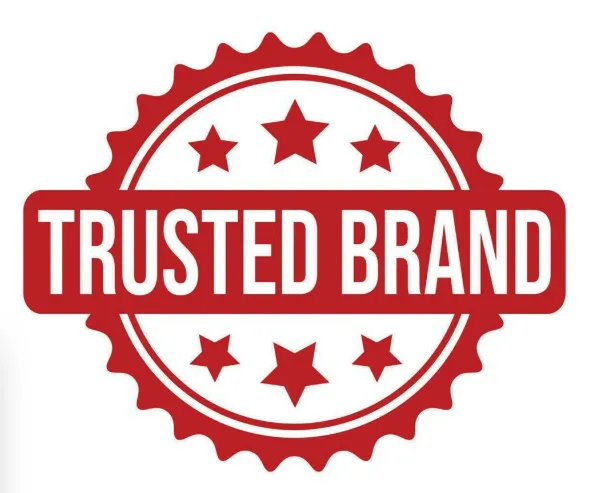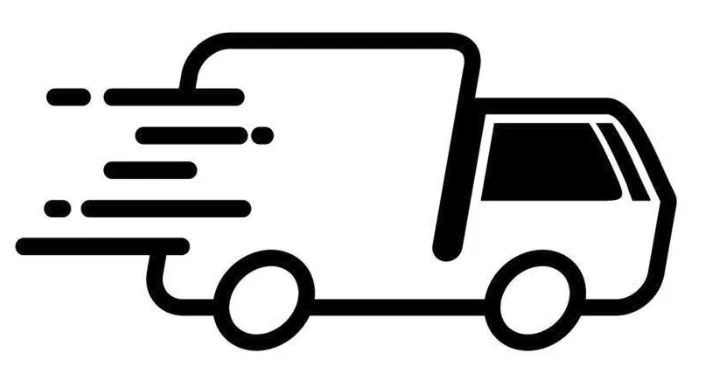New Installation
Are you interested in solar power as an alternative source of energy? Going solar can eliminate or significantly reduce your electric bill saving you 10’s of thousands of dollars over the life of the system. With the cost of energy rising so rapidly, there is no better way to fight inflation than producing your own electricity. Tax credits for both residential and commercial systems make the cost of going solar more affordable than it’s ever been.
We at Everything Solar will evaluate a range of products to determine the best solution for you, whether that be an on-grid, off-grid or hybrid solar system mounted on the roof or on the ground.
On-Grid Solar System
A large majority of solar panels on homes are considered “grid-tied,” which means that they’re “tied” to the local utility grid and rely on it to function. With the help of net metering or net billing programs, grid-tied systems can lower your home or business energy costs with minimal investment required.

Pros of Grid-tied Systems
Low upfront costs compared to off-grid and hybrid systems, grid-tied solar systems are typically installed with the lowest total costs.
Net metering and net billing participation means you remain connected to the utility grid, the excess electricity your panels produce can lower your monthly energy bills. Although policies vary by location and utility.
Grid-tied solar systems do not force your home to run on the sun alone—utility power remains available on your property.
Cons of Grid-tied Systems
No power during outages without a battery. If you experience a utility power outage, whether planned or unexpected, grid-tied solar panels will automatically shut off. Your solar panels must then remain shut down for the outage’s duration to protect those working to repair lines or restore power.
Though not usually excessive, grid-tied solar panels can be subject to more fees and regulations than off-grid solar systems. Before your system becomes operational, approval must be granted by the local building authority and energy utility before and after your installation.
Off-Grid Solar System
With the help of an energy storage battery or a generator, off-grid solar systems function independently as a sustainable source of electricity anywhere the sun shines. Off-grid systems are necessary in remote areas without access or reasonable cost to acquire utility power.

Pros of Off-Grid Systems
Off-grid solar systems are completely independent and suitable for remote locations.
Unconnected to utility power lines, off-grid systems are unaffected by fluctuations in energy prices or solar policies and will remain operational during local outages.
Cons of Off-Grid Systems
Higher upfront costs due to the hefty amount of storage required to back up an entire home, off-grid systems usually come with higher upfront costs than solar panels installed without a battery.
When completely off-grid, careful energy management is required to keep your home’s essentials running within the constraints of your battery reserve.
Hybrid Solar System
Offering the “best of both worlds,” a hybrid system refers to solar panels interconnected with the grid as well as a battery backup. Hybrid system popularity is accelerating, with grid-connected, battery-backed installations estimated to make up 28% of new distributed solar projects by 2028.
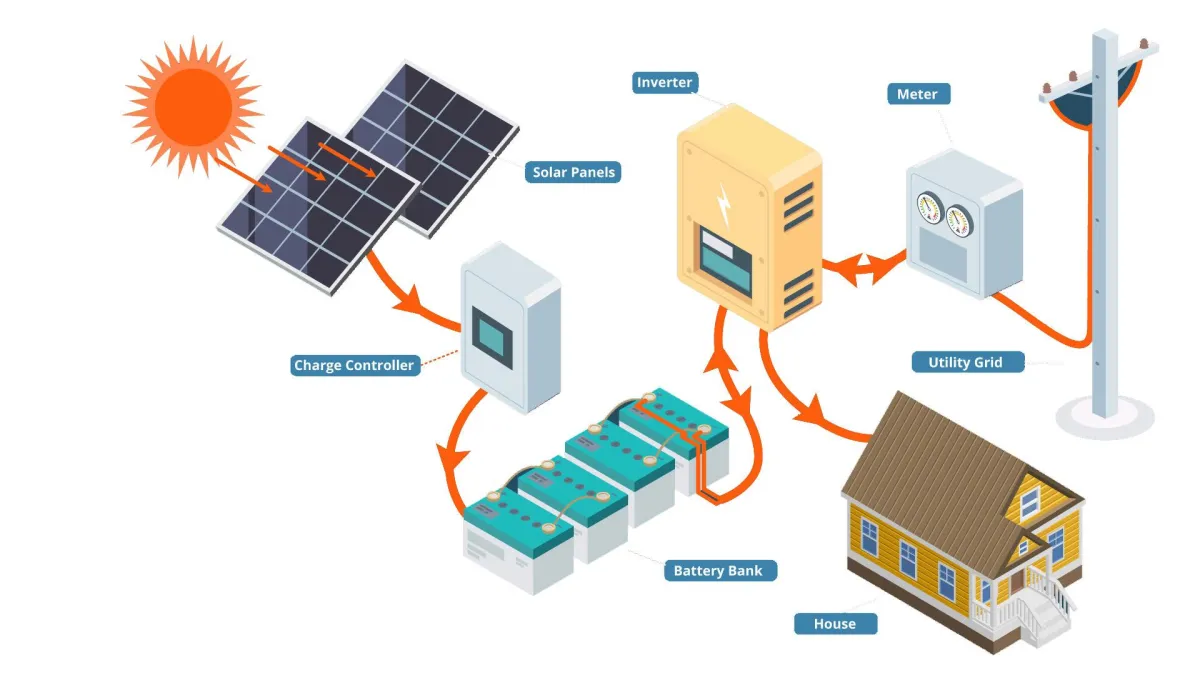
Pros of Hybrid Systems
A hybrid solar system can remain functional and deliver power to your home during a local grid outage.
In shifting between grid-tied and off-grid modes, hybrid systems provide high levels of control over your energy sources and costs.
Unlike an off-grid system, a hybrid system’s performance is not restricted by battery capacity alone; homeowners can purchase smaller or less expensive batteries for infrequent use.
Cons of Hybrid Systems
Higher upfront costs, battery storage and hybrid solar inverters can drive up total installation costs and limit potential return on investment (ROI).
With additional hardware on-site, hybrid systems require more installation space and increase the amount of potential points of failure.
Information Sourced from Enphase.com
STEPS TO ENERGY INDEPENDENCE
01.
Energy Analysis

Simply provide us with your most recent electric bill and the address for installation
02.
System Design

Our design team will create multiple system options for you to choose from.
03.
Consultation
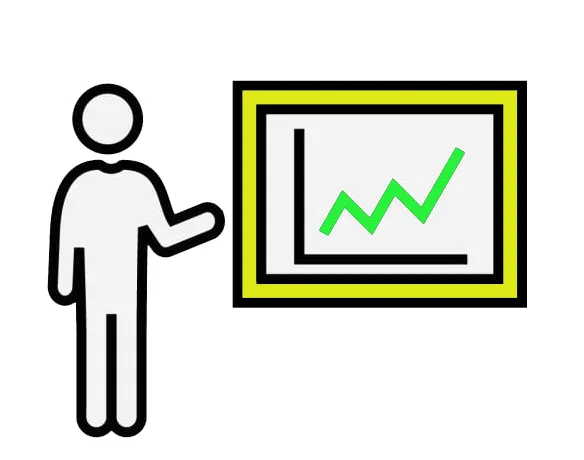
No sales pitch, just honest advice allowing you can make an educated decision.
04.
Install
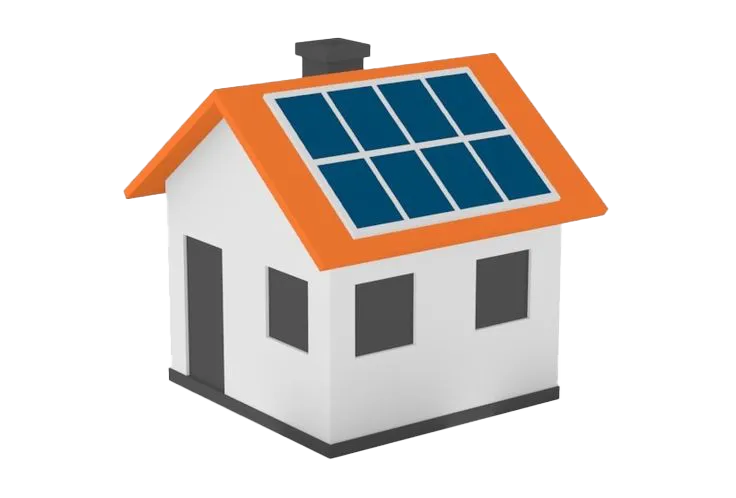
Begin enjoying the freedom of producing your own energy for years to come.



